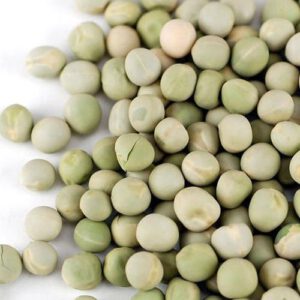Wheat grain, a fundamental and widely cultivated cereal, plays a pivotal role in global agriculture and nutrition. This versatile grain is a staple in diets worldwide, valued for its adaptability, nutritional richness, and the integral role it plays in the production of various food products.
Characterized by its golden hue and small, oblong kernels, wheat grain is a powerhouse of essential nutrients. It serves as a substantial source of carbohydrates, offering a quick and efficient energy boost. Additionally, wheat contains notable amounts of protein, dietary fiber, and an array of essential vitamins and minerals, contributing to its status as a nutritionally significant grain.
One of the remarkable aspects of wheat is its adaptability to diverse climates, leading to its cultivation in a range of geographical regions. The two primary types of wheat, hard and soft, each bring distinct qualities to the table. Hard wheat, rich in gluten, is often favored for bread-making, while soft wheat is utilized in pastries and other baked goods.
Wheat grain is the cornerstone of various food products, with flour being the most prominent. Flour derived from wheat serves as the foundation for bread, pasta, pastries, and an array of baked goods, showcasing its indispensable role in the culinary world.
Beyond its culinary applications, wheat grain also plays a vital role in animal feed and serves as the raw material for products like wheat germ oil and wheat bran.
Cultivating wheat involves a multi-step process, from planting and cultivation to harvesting and milling. The resulting wheat grain is then transformed into an array of products that grace tables worldwide.
Wheat’s ubiquity and nutritional profile make it a significant contributor to a balanced diet. Whether enjoyed in the form of freshly baked bread, a comforting bowl of pasta, or as a wholesome grain in salads and side dishes, wheat grain remains an essential and enduring element in the global food landscape.












Reviews
There are no reviews yet.